The vast and eye-catching Monsteras, native to the rainforests of Central America, are easy-to-grow, climbing, evergreen tropical plants. They are usually found in many artistic spaces for the awe that they bring into a room. Indoors, these plants can grow about 1 to 2 feet in a year. In this article, find out about what you should do when monstera leaves turn yellow.
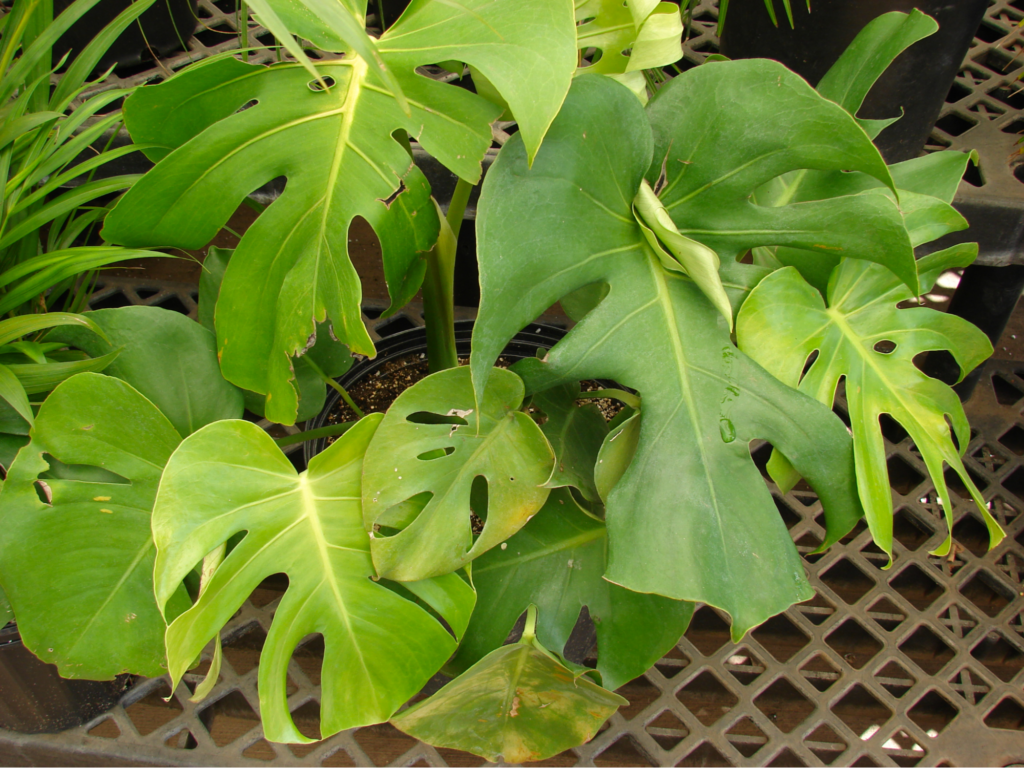
The Monstera foliage has this dark aquamarine sheen, heart-shaped, spans up to 3 feet long, and can either have its characteristic splits or holes. Along its stem, you can also find the aerial roots that allow themselves to anchor on moss poles or trellises.
If you’re here, you probably own a Monstera yourself, or a friend might be asking for tips or assistance with theirs. Finally, you’ve come to the right place as in this article, we will be tackling seven reasons as to why Monstera leaves turn yellow.
There is a myriad of reasons, but hopefully, this article will help you troubleshoot your beautiful Monstera plants.
1. It May Be Due To A Watering Problem
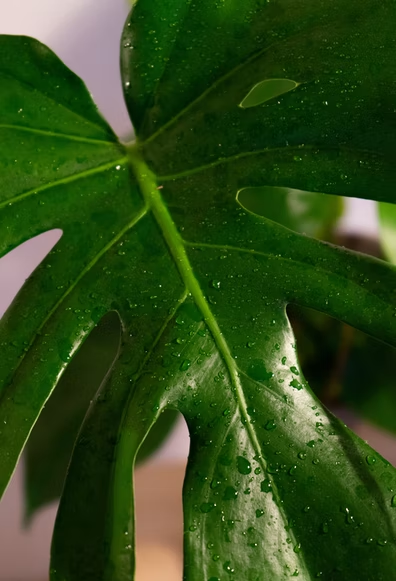
You may find your own Swiss Cheese Plant fussy about its watering schedule. As earlier mentioned, this plant’s natural habitat is from the rainforests. As a result, they don’t particularly like drying out. But, on the other hand, they are prone to root rotting also if they sit too long in extremely excessive water.
Either of these (drying out and too much water) can cause the yellowing of leaves. Therefore, it is important to determine which is causing the yellowing in terms of watering.
OVERWATERING
Usually, the first thing to do if you start to notice your plant’s leaves becoming yellow is to check its soil for lack or excess of moisture. To do this, you can stick a stick or your finger in the soil for 1 ½ inches. From this, you can ask these questions. Is it moist? Is it soggy? Does it have a rotten or funky smell?
If the answer to any of these questions is yes, then your Monstera might likely have root rot problems due to overwatering. However, if you catch this early, you can repot your Monstera in a fresh soil medium and pot.
Aside from the yellowing of leaves, a Monstera that is overwatered will also start to droop and develop brown spottings. If you also leave it on the soggy soil for too long, fungus may start developing on the surface of its foliage.
Always put in mind that overwatering is not only a factor of the quantity of water you give to a plant at a time but is also a factor of watering too frequently and a water-retaining soil medium. Therefore, these are two factors that you should consider when considering your Monstera’s moisture levels.
Before watering, always check the plant soil and make sure that it is dry and not too moist. Water the soil thoroughly until water starts to go out of the pot’s drainage holes. Since root rot usually takes hold quickly and can kill your plant, you should always check for diseases before any maintenance and care.
UNDERWATERING
On the flip side, excessively low water can also be the reason why your plant’s leaves turn yellow. Luckily, this is a much easier problem to solve than overwatering and is not as likely to cause death to your Monstera. However, if you stick a finger in the plant’s soil and feel bone dry, your Monstera plant is likely thirsty!
When a Monstera is underwatered, it will show symptoms such as drooping its leaves, followed by curling and yellowing, before finally becoming light brown and almost crispy. When the plant soil is thoroughly dry, then it will also need a thorough watering.
To fix this:
- Begin by first bringing your Monstera to a place where you can shower it thoroughly with a hose.
- Shower your plant until the water starts running out from the pot’s drainage holes.
- Water it a little longer. This is important as soil that was left to dry for a very long time becomes hydrophobic and may initially not absorb water well.
After thoroughly watering, you may need to monitor closely the affected yellows leaves, as well as the moisture retention of the soil. Based on your observations, rectify your Monstera’s watering routine to be more frequent than before.
RELATED: 13 Types of Monstera To Boost Your Surroundings With Extravagant Greenery
2. Temperature Stress

Since Monsteras are native rainforest plants, they are not winter tolerant and therefore cannot take cold weather well. When temperatures drop under 50 degrees Fahrenheit (10°C), the plant leaves will begin to turn yellow and will get frostbite when it reaches freezing temperatures.
Aside from the cold, they also took damage and stress out to extreme heat exposure or direct sunlight.
Any extremes of temperatures will cause affected leaves to become yellow (or brown) and crispy. These stresses are not related to younger or older leaves. However, tender and younger leaves can be more prone to these damages.
If you see your Monstera plant suffering from yellowing of leaves, you can check its location. For example, you can check if it’s near a south-facing window where there is harsh afternoon sun, if it is next to a cold, windy window in winter, or if it is next to a radiator or any appliances that emit hot or cold draft.
If it is in any of the mentioned locations, relocate your Monstera where it won’t encounter any of these stressors and in a place where temperatures are more stable.
3. Repotting Stress

After transplanting your Monstera plant to a new pot, it may be sensitive. The stress could have been caused by prolonged exposure of roots, a change in growing medium, or repotting at an ill-timed season.
When your Monstera undergoes transplant shock, it will begin by drooping its foliage and a physical appearance that needs more watering. Leaves will start yellowing beginning with the older leaves because it is surviving the shock by preserving their water and nutrient reserves.
In order to help your plant cope with transplant shock, place it in the exact location as it was before and try to maintain its previous watering routine. Too much or too little water or light will worsen the problems of transplant shock.
Take note not to fertilize your Monsteras until they have fully recovered from transplant shock and are starting to grow again.
RELATED: A Yellow Nightmare: 7 Reasons Why Your Monstera Plant Is Changing Color
4. It May Be Receiving Too Little Or Too Much Light
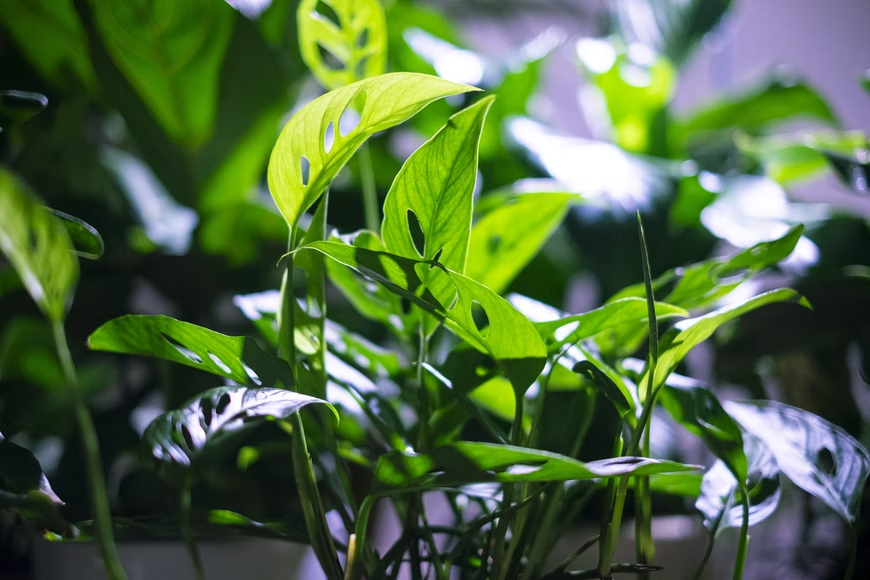
EXCESSIVE LIGHT
Your Monstera does like to receive bright but indirect sunlight. Unfortunately, anything too much or too little can also cause the yellowing of leaves.
The spot where your Monstera’s leaves are currently receiving extremely excessive light will burn and turn yellow, brown, and finally black that is crisp. Sometimes, the surrounding area of the black spot will turn yellow. This depends on the severity of the leaf burn damage.
Burning of leaves happens more likely if the Monstera plant is placed in front of a west or south-facing window, receiving direct sunlight. Simply moving your Monstera plant a couple of feet away or relocating your a plant to a less brighter window shall resolve this issue.
EXTREMELY LOW LIGHT
Extremely low light is more challenging as compared to too much light. This is because when your Monstera does not receive enough light, growth becomes slower, and consequently, your Monstera will need less water. Therefore, a Monstera plant not receiving enough light is at greater risk to overwatering and, ultimately to yellowing of leaves.
Other signs to look out for if your Monstera is not receiving enough light are: stems will look lanky, smaller foliage with fewer holes or splits, stems that appear to be reaching out towards the window, and a soil that takes a longer time to completely dry out before watering.
If your plant exhibits any of these symptoms, evaluate it for root rot and repot accordingly. Then, move your plant closer to a west or south-facing window to give it ample lighting conditions.
RELATED: How To Propagate Monstera: Everything You Need To Know
5. It May Be Due To A Nutrient Problem

Both overfertilization and nutrient deficiencies can lead to the yellowing of leaves. Therefore, it is important to check out for other signs in order to pinpoint the exact problem that is going on.
Using a proper, well-balanced plant food, the ideal time to fertilize your Monstera is usually during its growing season over the spring and summer.
OVERFERTILIZATION
Overfertilization happens when too many salts and minerals accumulate in the plant growing medium. This process of accumulation pulls moisture away from your plant. This is a process called reverse osmosis. Aside from this, they also change the soil’s pH and salinity. Too many salts in the growing medium can cause salt burn as a product of chemical dehydration.
When you suspect over-fertilization is causing the yellowing of leaves, it is also essential to look at other signs such as excess fertilizer crust formation on top of the growing medium, browning and crisping of the leaf edges low and old leaves becoming yellow, and slow growth.
If overfertilization is indeed the cause, then it is necessary to give your plant an excellent long watering to expel excess nutrient buildup in the soil. Then, flush the plant soil thoroughly by bringing your plant outside and showering using a hose until the water runs out from the drainage holes.
Consider holding off for longer before feeding your Monstera plant, as it will still have more than enough nutrients after the flushing that was done.
To prevent any overfertilization in the future, use a milder and organic fertilizer as this have a lesser concentration of nutrients and does not have a high tendency to cause salt burns.
NUTRIENT DEFICIENCIES
HHere, it is important to note that plants need three macronutrients to thrive well: Nitrogen, Phosphorus, and Potassium. Therefore, any nutrient deficiencies will cause yellowing and other signs specific to each macronutrient.
Nitrogen deficiency will stunt your Monstera’s growth. It will also cause chlorosis of your plant, which means that your plant will start to grow at a lighter shade, with older leaves at the bottom starting to turn yellow.
Phosphorus deficiency will also stun your Monstera’s growth. However, prolonged phosphorus deficiency will cause the leaves to develop a purple or maroon color as compared to yellowing in nitrogen deficiency.
Potassium deficiency will cause burning and browning of your Monstera’s leaves that are pronounced at the edges. It will also cause chlorosis, or yellowing, in between leaf veins. The yellowing begins at the oldest foliage as well.
Therefore if you notice any of these signs in your Monstera, you should feed it with a well-balanced and mild organic fertilizer. However, consider ruling out other causes of yellowing first, as this is not the most common and is not likely to cause death to your Monstera.
6. Always Check For Pests And Diseases
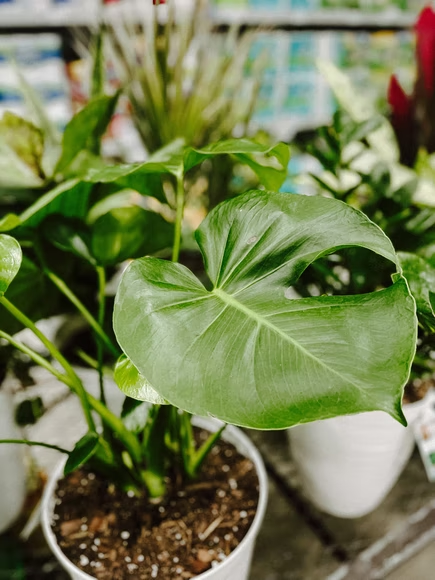
Plant owners know that having a certain pest or disease afflicting your awesome Monstera is an awful feeling. Monsteras are pest magnets and attract pests, especially if the environment is moist and warm. Scales, spider mites, and mealybugs are frequent problems for indoor Monsteras.
To get rid of the infesting pests, prune all affected plant parts. They are usually seen in leaves and stems, sucking the juices of the plants. Make sure to throw them away correctly to avoid further spreading. Spray insecticides, pesticides, or horticultural oils such as neem oils to the plant once a month, at the very least.
Below are three of the more common diseases that Monstera is afflicted with. Aside from yellowing, there are other symptoms to look out for to make sure that your Monstera is indeed sick.
ANTHRACNOSE
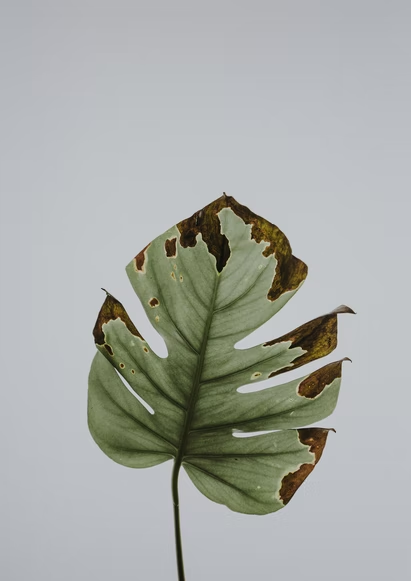
This type of fungal disease initially shows yellow and brown spottings on the foliage. As it worsens, yellow spots turn to brown, and the spots will further spread. The discoloration can continue to spread to the entirety of the leaf. This also causes brown, ulcer-like lesions on its stems.
This usually afflicts Monstera in more humid conditions that it is not accustomed to, such as when it’s raining or a plant owner that frequently over mists the leaves. When this happens, you must cut infected parts of your Monstera with sterile pruning shears.
It is also important to sterilize your shears after using them by dipping them in peroxide or alcohol so as not to spread the fungus further.
FUNGAL LEAF SPOT
Compared to Anthracnose, this fungal disease consumes the leaves of the plant from the outside going in. The fungus begins as a yellow spot cluster on the foliage with a brown or black dot in the middle.
If you hold one leaf that is affected with fungal spots against light, you will find that the tissue outside the edges of the spots looks wet. You see this because the fungi causing the disease have already digested that leaf part.
If you spot this, it is important to remove afflicted leaves to prevent spreading the disease further and inflicting damage. First, do so with a sterile pruning shear. Then, spray a copper-based fungicide on your plant to kill the remaining pathogens.
POWDERY MILDEW
This is one of the more manageable diseases to spot as this disease produces a powdery white coating on your Monstera’s leaves. However, when left to its own devices, it will dry out the leaves, causing them to become yellow.
Treatment is similar to other diseases and is done via cutting afflicted leaves and plant sections. Finally, use a fungicide to kill the remaining pathogens.
To prevent most fungal infections, you can increase the airflow around your Monstera or relocate it to a place where moisture and air are not stagnant around your plant. It is also important to isolate any sick plants from your other plants to prevent spreading diseases.
7. It Is All Part Of The Natural Process
Finally, as leaves grow older, they turn yellow as they die off. This happens as your Monstera produces younger and healthier leaves that photosynthesize better, so your plant slowly discards older leaves that do not photosynthesize as well.
Your Monstera takes back any minerals and nutrients it can from the old leaf before allowing it to fall off.
If it only has a single yellow leaf that is at the bottom while your plant looks thriving and healthy otherwise, then there is nothing that you have to be worried about.
Once a Monstera leaf becomes yellow, do not expect it to be green again. If you do not like the sections of the leaf turning yellow, you can just cut off the yellow portions and leave the photosynthesize portions intact.
Should You Cut Yellow Monstera Leaves?
If the cause of the yellowing of leaves is a type of disease, then you should definitely cut off the affected leaves. However, if the yellowing is due to transplant shock or root rot, it is best just to leave the leaves on the plant. Your plant will recycle the nutrients from dying leaves; cutting them off may worsen the problem.
Conclusion

No matter the reason of your yellowing Monstera leaf, you must check the problem thoroughly to give the right solutions. Remember that different causes require different, specific solutions. Hence, any effort you will make, if it’s the wrong fix, will be futile and just worsen your plant problem.
Go through these causes and learn more about what really causes the yellowing of your plant leaves. Observation skills and a keen eye for detail are necessary for every plant owner.
If you feel you’re not the master of your plant yet, do not worry because these things take time and practice. You are indeed on your way to becoming one!
Editor’s Recommendations
Enrich Soil of Indoor Plants With Eggshells for Happy Plants and Soil!
What Is Leca and Is it Useful for Plants? All The Plant Care Questions and Answers
55 Plant Quotes To Inspire Every Plant Lovers and Keep Them Going







